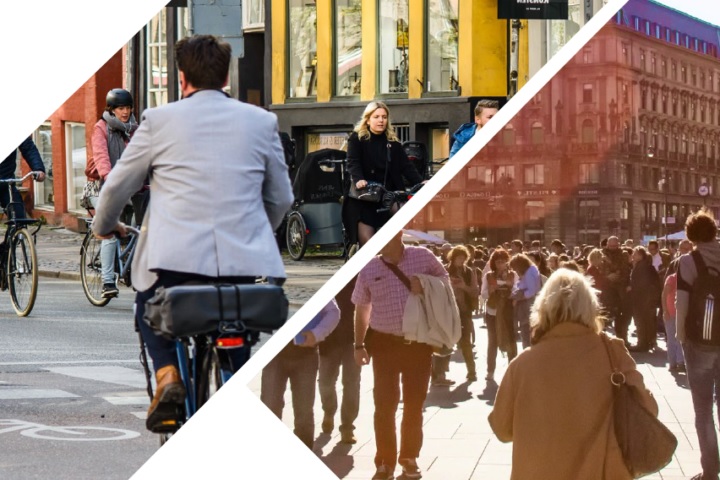
A new report is calling for urgent action to ensure sustainable modes of transport, such as walking and cycling, are made ‘much safer’.
The report has been published by the European Transport Safety Council (ETSC) on the back of figures revealing 51,300 pedestrians and 19,450 cyclists were killed on EU roads between 2010 and 2018.
The statistics also show while deaths among motorised vehicle occupants fell by an average of 3.1% a year during that period, deaths among cyclists averaged only a 0.4% annual reduction – eight times slower.
The ETSC says the figures highlight a failure by the EU, many governments, local authorities and motor vehicle manufacturers to ‘invest more heavily in measures to protect vulnerable road users’.
The report recommends applying a hierarchy for urban planning that prioritises walking, cycling and public transport over private car use – as well as 30 km/h (20mph) limits in residential areas, supported by traffic calming infrastructure and enforcement.
It also calls on the EU to channel funds into road safety improvements, particularly when it comes to infrastructure, and for improved data recording.
Graziella Jost, projects director at ETSC, said: “The EU is facing a multitude of challenges: the climate emergency; road deaths and serious injuries; air pollution and obesity.
“Policies that improve the safety of cycling and walking can also make a major contribution to tackling all these challenges.
“Some EU countries, the Netherlands and Denmark in particular, are showing the way forward. If they can do it, so can the rest of the EU.”
Could the motor manufacturers be discouraged from equipping their vehicles with gadgets which are an unnecessary distractions to drivers? Cup holders next to the driver – why? Connectivity for phones and entertainment; media options – things not necessarily connected with actually driving the vehicle safely. Most of the dashboard switches and buttons on cars now seem to be not directly relevant to driving. Buttons on the steering wheel to answer the ‘phone, when at the same time the authorities are clamping down on phone use when driving!
Hugh Jones, Cheshire
+6